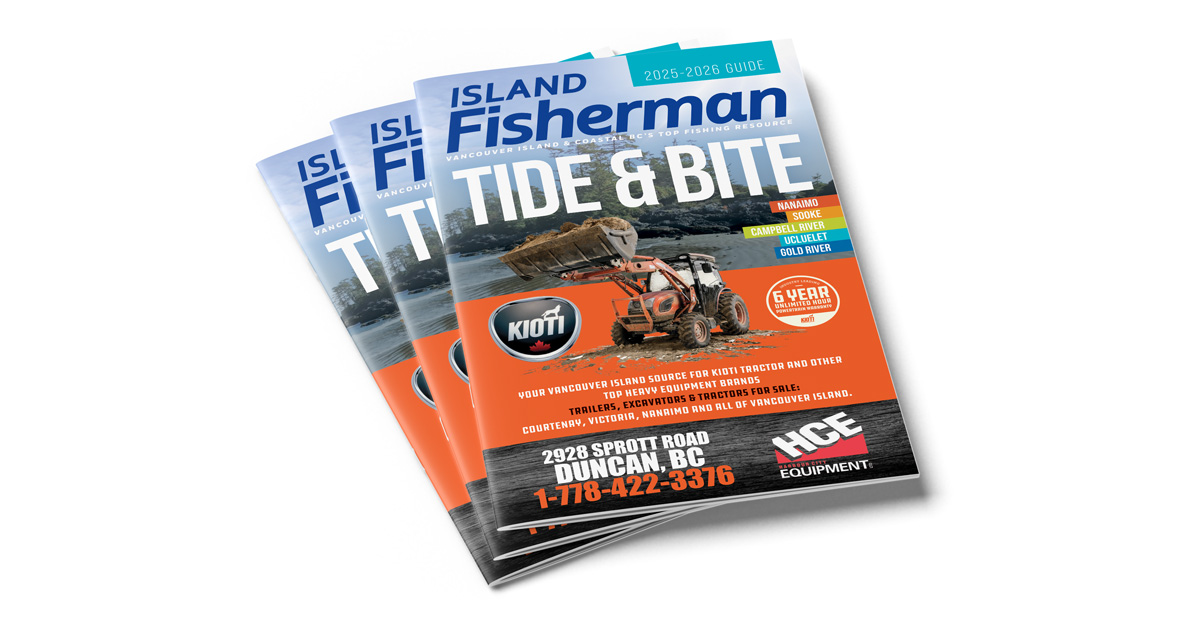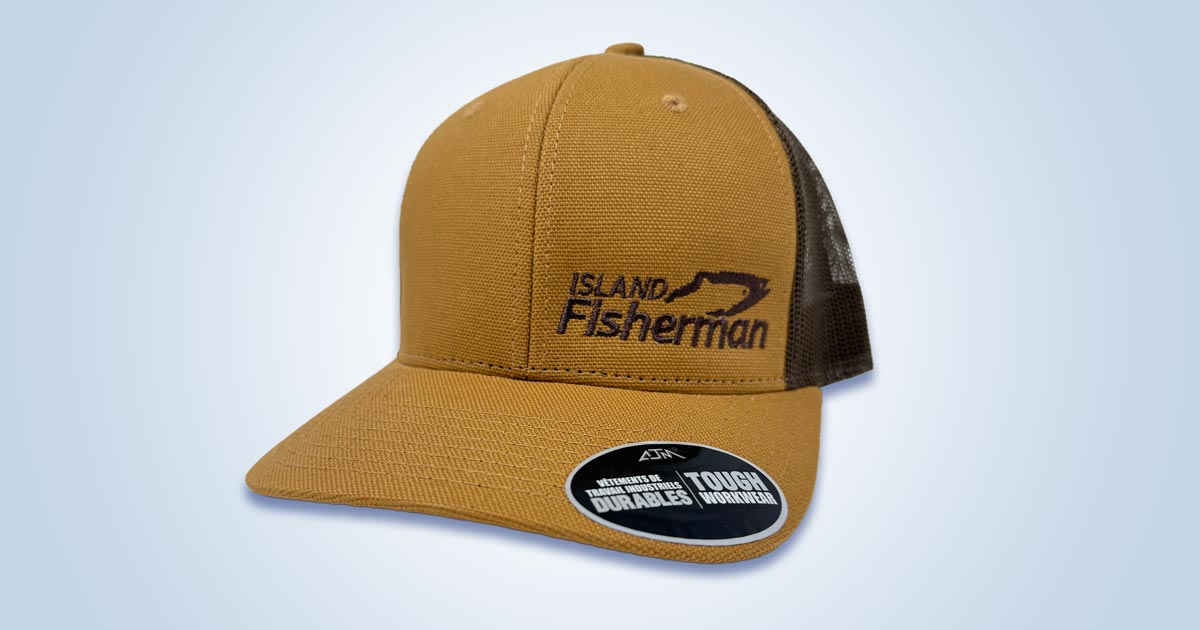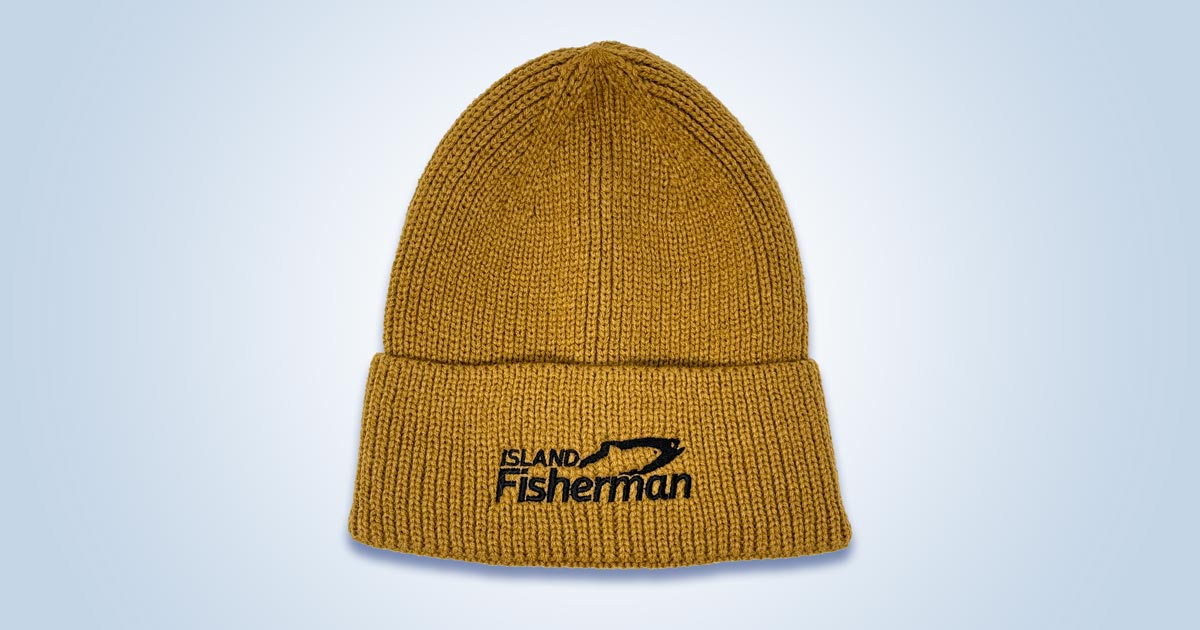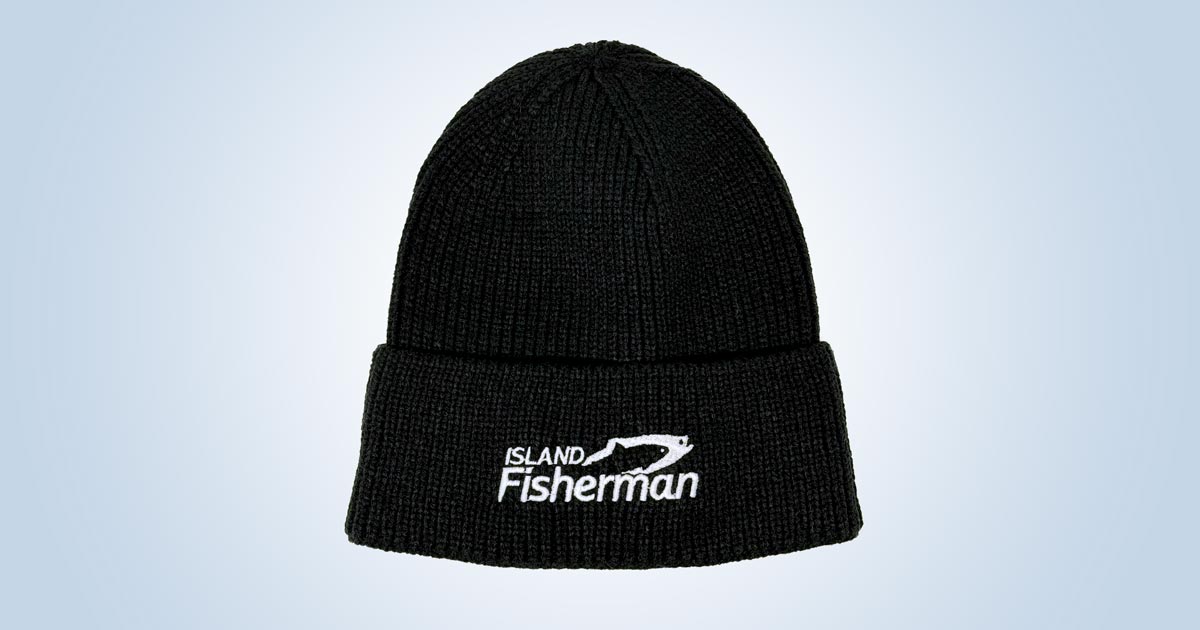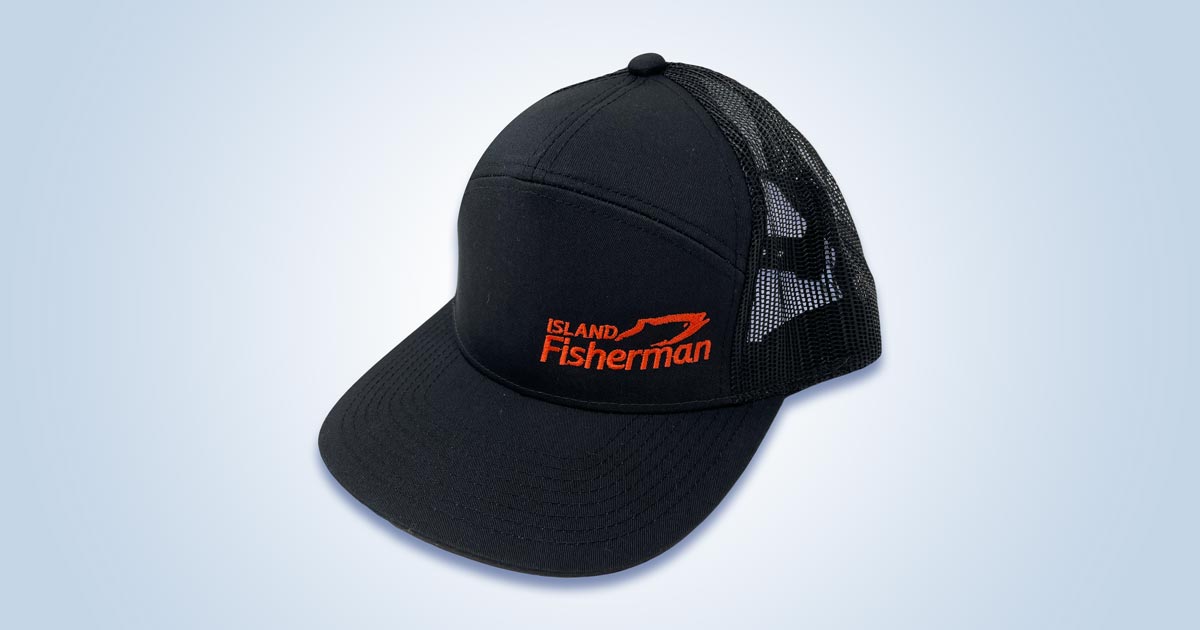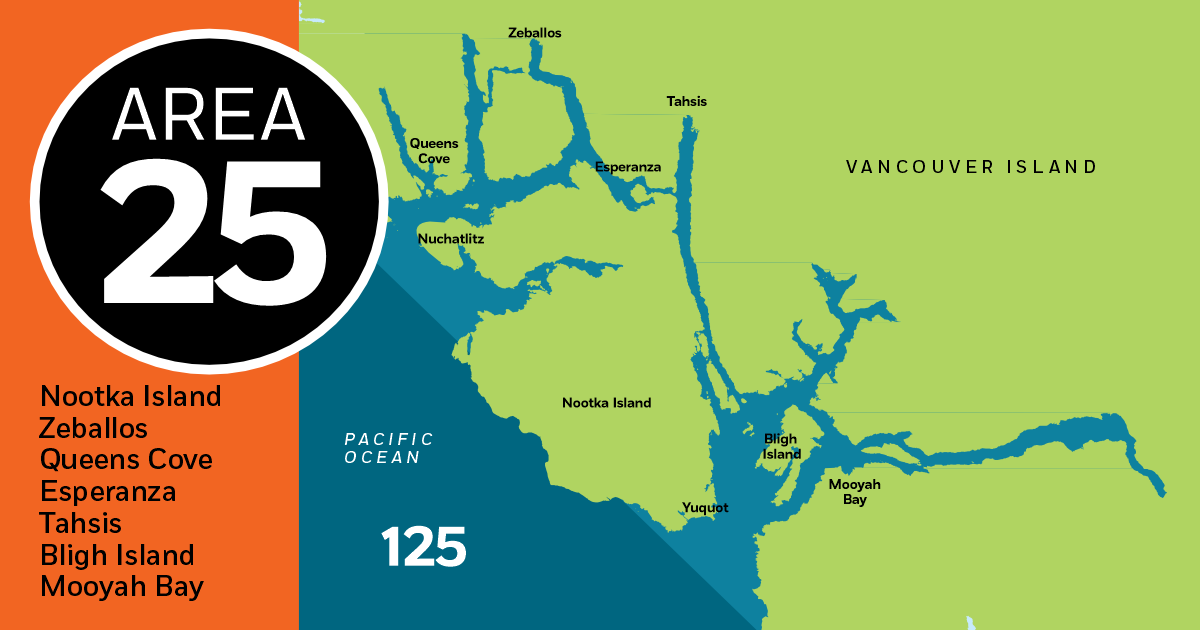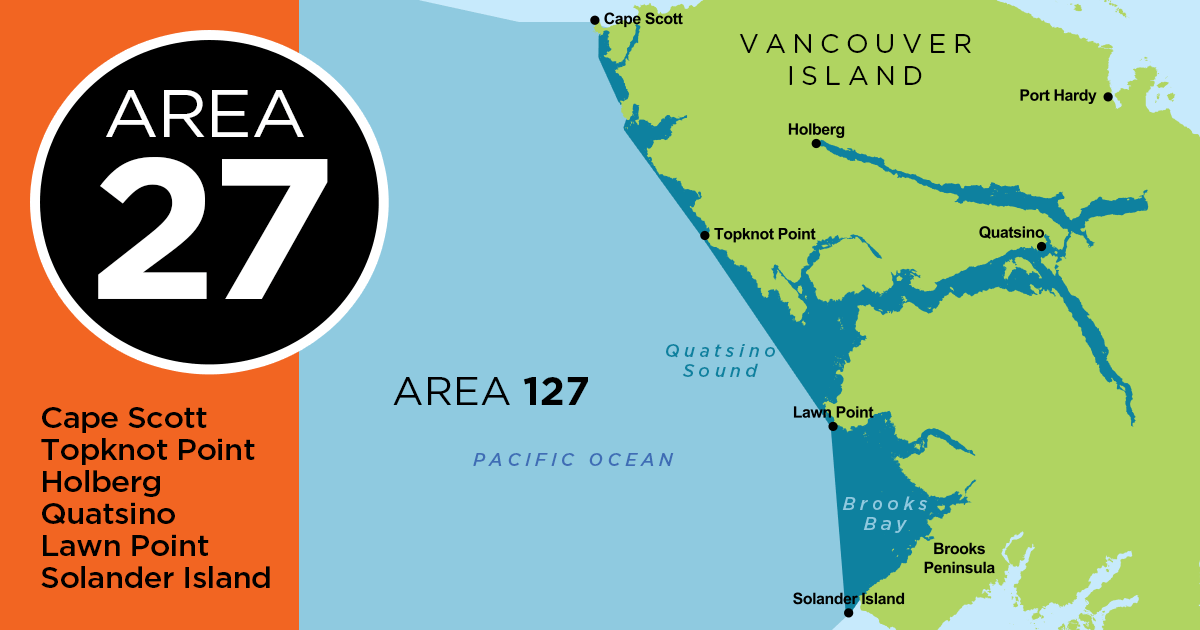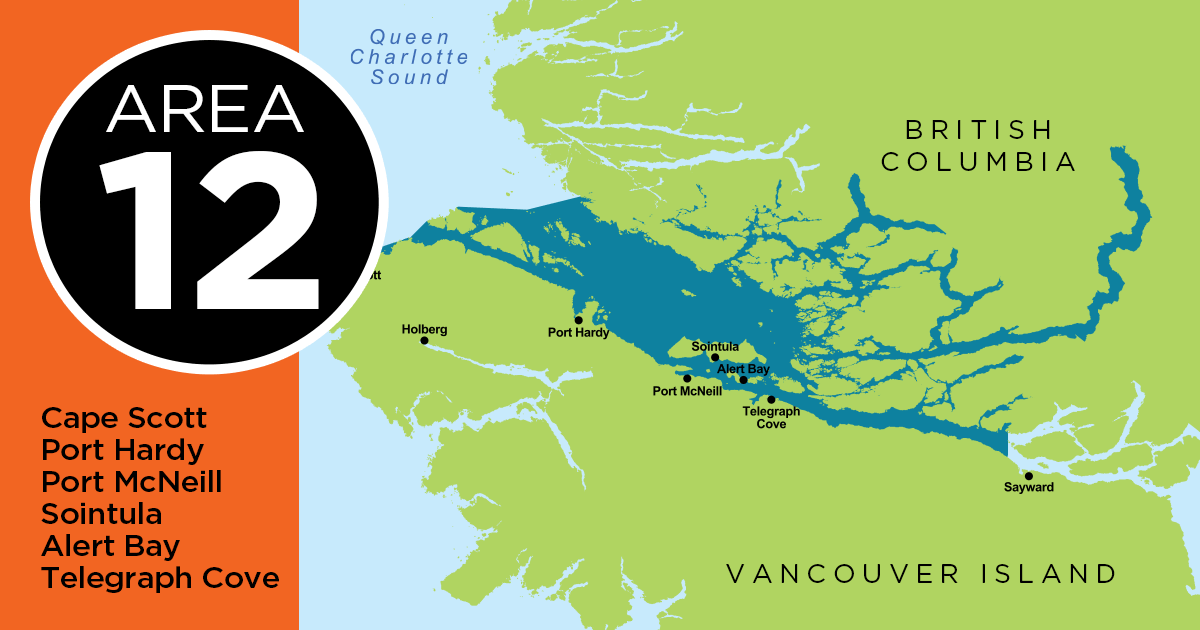
Nootka Sound and Esperanza Inlet are near the mid-point of Vancouver Island’s west coast. The region contains six significant inlets— Muchalat, Tlupana, Tahsis, Zeballos, Espinosa, and Port Eliza—that slice into Vancouver Island’s west coast. It’s remote country with small communities at Gold River, Tahsis, and Zeballos, of which Gold River, with 1,300 residents, is the largest.

Tlupana Inlet (Photo: Nootka Sound Watershed Society)
Nootka Sound’s Background
“The Mowachaht/Muchalaht, Nuchatlaht, and Ehattesaht First Nations have relied on Nootka Sound’s marine resources for more than 4,000 years. They are part of 14 Indigenous communities that occupy Nuu-chah-nulth First Nations Traditional Territories stretching from Port Renfrew to Brooks Peninsula.
Nootka Island is a historic place. In the 1770s, Spanish and English explorers first made contact and traded with Indigenous Peoples.
Nootka’s inlets receive the drainage from large watersheds that support significant salmon runs. Over the last 60 years, one species has been responsible for luring a growing
number of anglers to Nootka—Chinook.
My first trip to Nootka Sound occurred in the late 1970s. We broke camp five days later after catching 15 Chinook. A final pass by Camel Rock produced our 16th on the rod, bringing our total catch up to 400 lbs.
At the time, we didn’t think about the impact of such catches. It was within the possession limits, but it was unsustainable. The picture below shows another impressive two-person catch of Nootka Sound Chinook, taken in 1968. The photo was given to my father by Victoria dodger maker Roy Smith.

1968 Nootka Chinook (Photo: Roy Smith)
Nootka Sound was gaining in popularity, and why not? The Sound’s awesome fishing fulfilled a bucket-list adventure in an area framed by spectacular scenery.
Serious coastwide Chinook conservation measures didn’t begin until the early 1980s. They have increased in severity since then, completely eliminating some commercial fisheries and significantly reducing recreational angling opportunities. However, Nootka Sound seems to have bucked that trend. Why?
Two reasons come to mind: community involvement and the timely construction of a federal salmon hatchery, the Conuma River Hatchery.
The Nootka Sound Watershed Society (NSWS)
Chronologically, the Conuma River Hatchery’s role should come next. However, it is intertwined with the story about the Nootka Sound Watershed Society, as well as others who have committed time, resources, and money to sustain these salmon runs over the decades.
The NSWS formed in 2004, according to the organization’s secretary, Nikki Pichert. NSWS President Kent O’Neill said, “It’s a not-for-profit organization focused on protecting and restoring salmon populations and habitats in Nootka Sound.” The community-based volunteer society has about 200 members drawn from residents, First Nations, industry, academia, conservation experts, and scientists. O’Neill adds, “They have raised $4.5 million in support of Nootka Sound salmon enhancement and habitat restoration just in the past 5 years.

NSWS President Kent O’Neill
Their overarching strategy includes improving water quality, enhancing habitat, and promoting sustainable practices, all grounded in the best science.
Here is where the NSWS story gets interesting and perhaps provides guidelines for similar organizations across BC that tackle salmon restoration challenges. It’s based on knowing where the start line is before running the race.
In 2017, the NSWS, in collaboration with a team of Qualified Environmental Professionals (QEP) from M.C. Wright and Associates, developed detailed baseline data on salmon populations and habitat assessments for these key rivers in the Nootka region: Conuma, Canton, Leiner, Sucwoa, Tahsis, and Tsowwin. This is consistent with the principle of first establishing the level of degradation and ecosystem impairment on a scientific basis. This baseline offers a greater chance of success in meeting restoration, enhancement, and fish production goals. Detailed information for each system is available for review on the NSWS website (www.nootkasound.info) and partly explains why Nootka Sound has been consistently able to support First Nations’ fisheries, a successful sport fishery, and a small gillnet fishery.
According to Kent, NSWS “has had a very long and successful relationship with DFO’s hatchery on the Conuma River.” NSWS members assisted the hatchery with construction of the Conuma River side channel for rearing Chinook, coho, and chum salmon destined for release at six of the region’s rivers. Their volunteers also collect Gold and Burman River Chinook brood stock each year and, with Pacific Salmon Foundation (PSF) money, built special transport trailers to move adult salmon back to the hatchery. In a recent project, local businesses and the NSWS (working with the hatchery) built a new net pen that can hold 200,000 Burman River Chinook smolts, released in the spring each year.
The Watershed Society collaborates with First Nations like the Mowachaht/Muchalaht and the Nuu-chah-nulth Tribal Council on projects to “identify critical salmon habitats within First Nations’ Territory that have been degraded and to develop projects to restore them,” added O’Neill.
Claudia Tersigni is a biologist working for the Ha’oom Fisheries Society in the Traditional Territory of the Nuu-chah- nulth Nations. She explains that “the Fisheries Society administers the five Nations rights-based commercial fishery in Nootka Sound.” Tersigni was inspired by the Nations’ concept of hishuk’ish tsawalk, which means “everything is connected, everything is one.

Claudia Tersigni with a micro-trolled Chinook (Photo: Claudia Tersigni)
She also confirms the positive working relationship between First Nations and the NSWS, as evidenced by the jointly run juvenile Chinook micro-trolling and PIT tagging project funded by DFO and the Pacific Salmon Foundation. Tersigni added, “This project will lead to a better understanding of stressors juvenile Chinook salmon are experiencing in their first year at sea.”
Cooperation between First Nations and NSWS also takes place on smaller systems like Twaddle Creek through water temperature and quality sampling, as well as on bigger projects like brood stock collection on the Burman River, done in conjunction with the Conuma hatchery and NSWS.

Mowachaht/Muchalaht member Jamie James assesses Twaddle Creek
The Conuma River Hatchery
The role played by the Conuma River Hatchery completes this story. This federal facility was finished in the early 1980s, mainly for chum production.
However, that priority soon shifted to Chinook, as 3.5 million Chinook releases are made into five watersheds in the Nootka Sound region annually. Despite the priority shift, the hatchery still raises chum and coho.

Conuma River Hatchery adult Chinook sort (Photo: DFO)
The hatchery’s work is consistent with the Salmonid Enhancement Program (SEP) goals of “rebuilding vulnerable salmon stocks, providing harvest opportunities, supporting First Nations and local community economic development, and improving fish habitat,” according to hatchery Operations Manager Lyndy Vroom.

Conuma Hatchery Manager, Lyndy Vroom
(Photo: DFO)
The hatchery has a longstanding and strong relationship with the NSWS and local First Nations. At one time NSWS collected two million Chinook eggs for the hatchery from regional Chinook stocks. Currently, NSWS volunteers are focused on adult brood stock capture on the Gold and Burman Rivers.
The Conuma is primarily a production facility with seven full-time and four to six seasonal staff from local First Nations and other communities as far away as Courtenay.
“DFO has developed a broader hatchery adaptation strategy to improve and manage hatchery/wild interactions based on recently published science. The objective is to continue providing benefits from hatchery production while better managing risks,” says Vroom. Mass marking (MM) Chinook at the hatchery assists with this strategy.
The Conuma River Hatchery is located approximately four kilometres upstream from the estuary of Tlupana Inlet. Individual and group hatchery tours are available but must be booked by calling 1-250-283-7148.
For information on the role salmon hatcheries play, click here.
Derbies Punch Above Their Weight Class Supporting Nootka Sound
Fishing derby sponsors and organizers rarely get the credit they deserve for fundraising to help salmon, except within the communities where they are held. The amount of money raised, given Nootka Sound’s small population, is truly inspirational but also relies on attracting anglers from outside, which also creates spin-off economic benefits and positive regional exposure.
NSWS’s Nikki Pichert was quick to acknowledge the financial support received from three long-running derbies held in the region: “There are three local derbies that raise funds and generously donate to NSWS, making our habitat restoration and salmon enhancement work possible.”
NSWS is the main beneficiary of these events, but not the only one. Funding decisions are at the discretion of the derby organizers. For example, the Hard Core Salmon Derby hosted by Reel Obsession Sport Fishing has additionally contributed to the village of Zeballos and the Zeballos school; other recipients include the Pacific Salmon Foundation (PSF) and the Sport Fishing Institute of BC (SFI).

Adrian O’Connor, owner Reel Obsession Sport Fishing and Joel Unickow, Owner, Island Fisherman magazine with 3rd place fish 2025
Westview Marina owner John Falavolito traces the derby history back 21 years to the first Tahsis Salmon Enhancement Derby, which raised about $2,000 for Tahsis and Leiner River Chinook stocks. Since then, derby revenues have grown considerably. On average, these three events now collectively contribute $80,000 to $90,000 annually towards salmon recovery.
The Nootka Marine Adventures Salmon Enhancement Derby is also an annual derby held since 2013. Featuring big cash and prizes, it generates substantial funds for salmon enhancement, with all monies raised directly supporting the Nootka Sound Watershed Society.

Congratulations to Jeff Pollock on winning the 2024 Salmon Enhancement Derby (Photo: Nootka Marine Adventures)
These super-fun fishing derbies offer anglers significant cash prize incentives for winning fish. Additional merchandise prizes from significant sponsors range from fishing lures to outboard motors and add to the excitement of hooking up with potential category winners. Depending on the event, there are awards for non-salmon species, ticket draws, raffles, and hidden weight prizes that spice up the prize mix.
John points out that, we have fish because of the hatchery and the many stream and river rehabilitation projects in the region.” Falavolito’s signature phrase, chanted by the entire room at the derby celebration, “It’s all about the fish!” really sums it up and hits home.
Visit the Store
$34.99
$34.99
Featured Catch
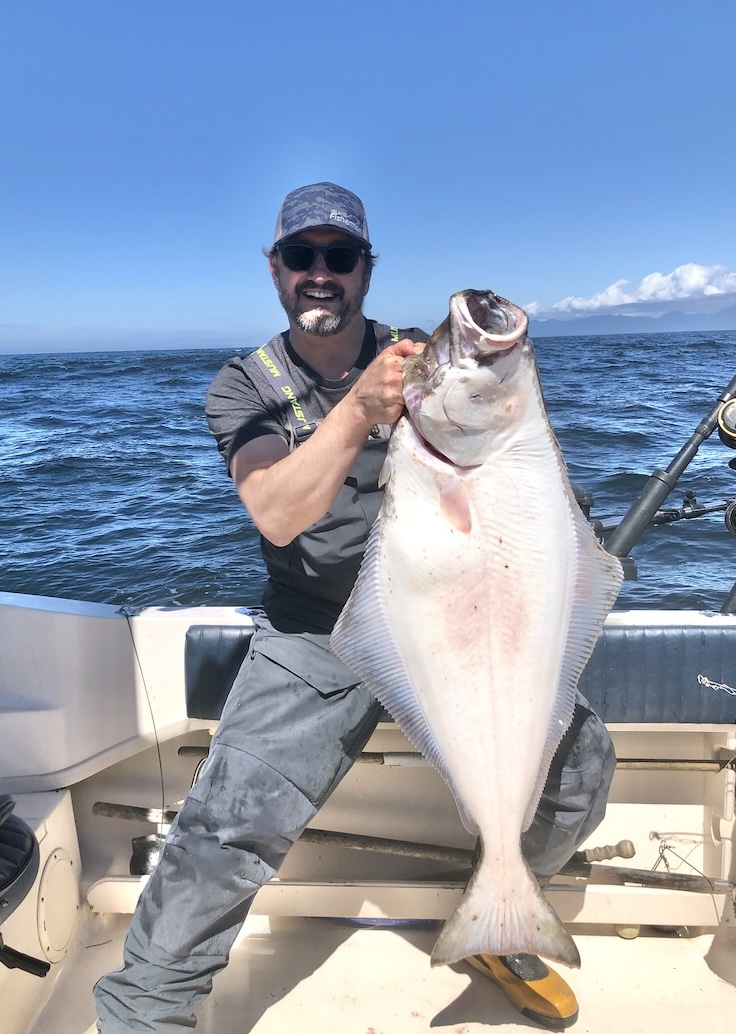
Joel Unickow halibut (Photo: Rob Frawley Lucky Strike Sportfishing Tofino)
